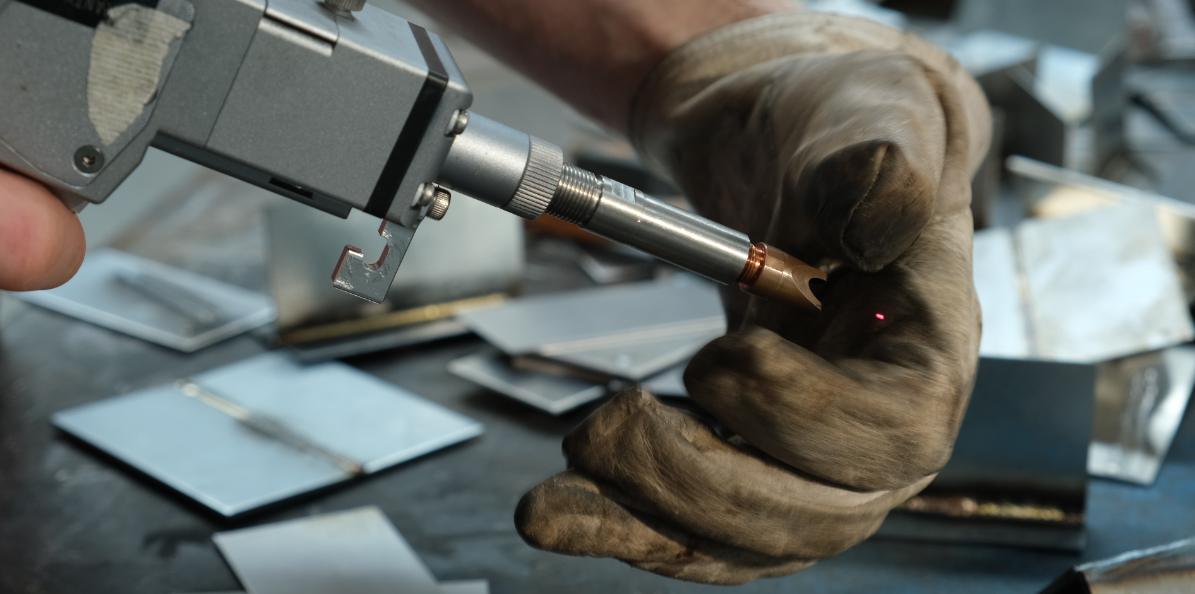Laser welding is a welding process in which a laser beam is used as the heat source to weld materials such as metals, plastics, and glass. A laser beam can be focused to a very small spot size and can be therefore used for welding fine details, even at high speed. The high-power density of the laser beam allows the use of relatively low power laser diodes in order to obtain reasonable welding speeds.
A laser welder is a machine that uses a laser beam to melt metals. They are used in various industries to weld together pieces of metal into one piece, or to cut and shape them. A laser welding machine can also be used to do other tasks such as drilling holes, cutting and grinding, among other functions.
Operation of a Laser Welding Machine
The process of laser welding is simple: the tool starts by heating up the workpiece, then cuts through with a high-powered laser beam (usually CO2). The beam emits heat, which melts the surface of the material it hits. This allows for easier welding than traditional methods like arc welding because it doesn’t require electricity or an external power source, which makes it safer than other methods of welding as well as more efficient because there’s no need for preheating or post cooling.
The most common types of materials used in laser welding are steel and aluminium because they’re malleable enough to be easily manipulated with the heat from the laser beam without cracking or warping under pressure. Carbon steel is another popular choice because it absorbs heat more efficiently than other types of steel due to its higher carbon content; however, this also means that carbon steel needs more shaping time.
Common Problems with Laser Welding Machines
The laser welding machine is a high-precision laser processing machine that can be used to weld various kinds of materials. Laser welding machines are widely used in the production of precision instruments, automobiles, aerospace and other industries. The operation of these machines is simple and convenient, and they have become indispensable equipment in many companies. But laser welding machines are not perfect products. They also have some common problems:
- The laser is not working correctly. This may be due to a faulty power supply or control board.
- The laser does not focus at the correct distance from the material being welded. This might be caused by a dirty lens or damaged optics.
- The beam is not straight, which means the laser is off-center or has been improperly install.
- The laser does not reach full power when it reaches full travel, which may be due to a faulty cable or bearing assembly.
Conclusion
So, when you are in a fix due to laser welding machine failure and need immediate aid, ensure you have a trained personnel whom you can call to service the machine.
One final note: make sure that you’re not doing anything to cause the machine to malfunction. Read the manual, and pay attention to any error codes. If you accidentally switch the machine on when there’s a fault code displayed, this could end up damaging the machine or even causing it to explode. So, make sure that you don’t make any errors while working with your laser welding machine. Remember often, check again and regularly. Regular maintenance can find minor faults and make your equipment more reliable. But sometimes things do go wrong, not with the equipment but with the people who operate it.
